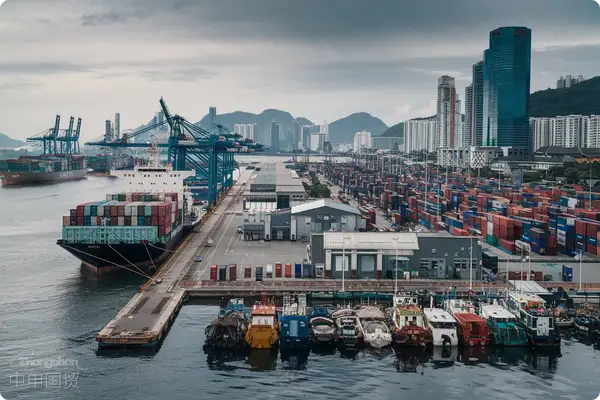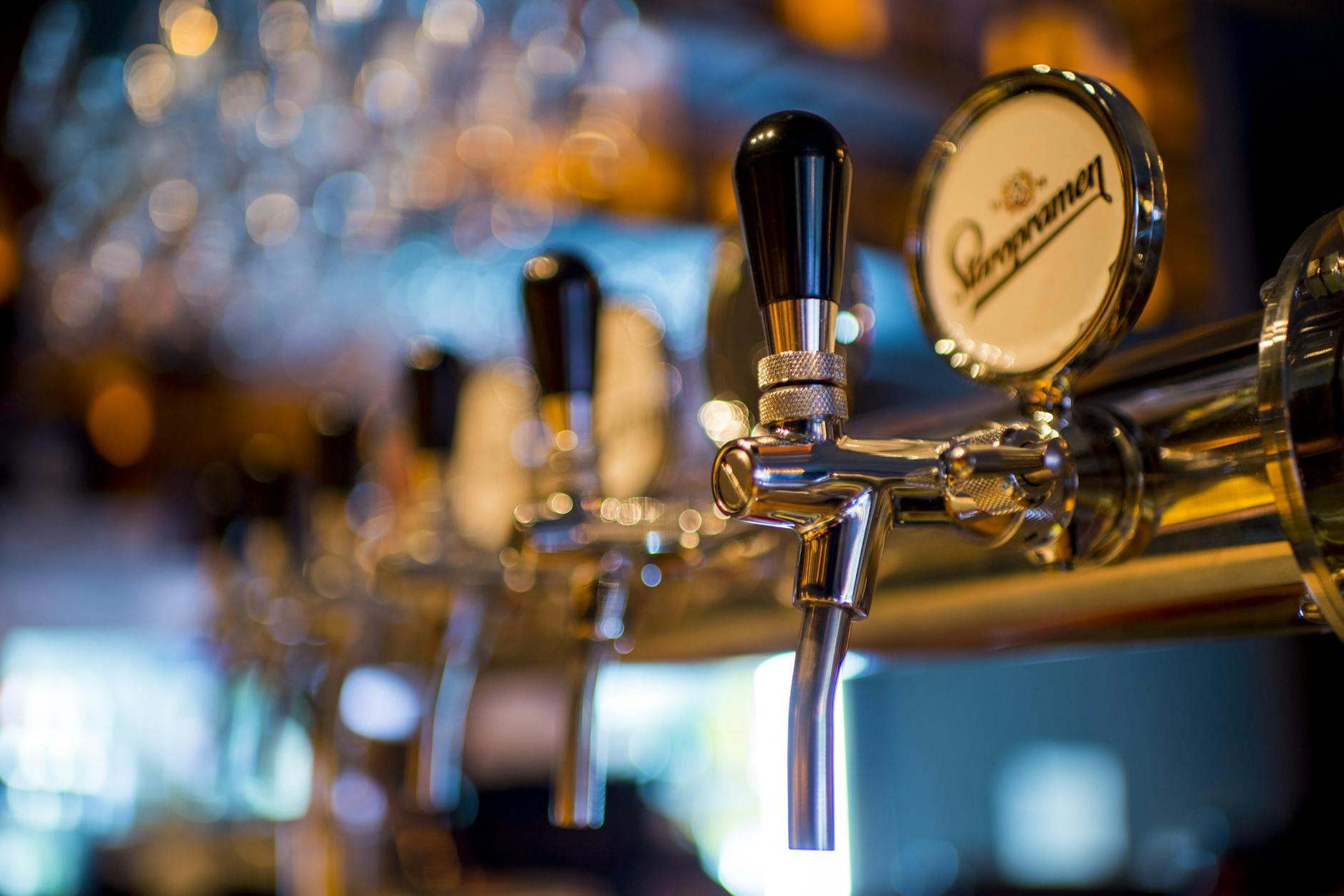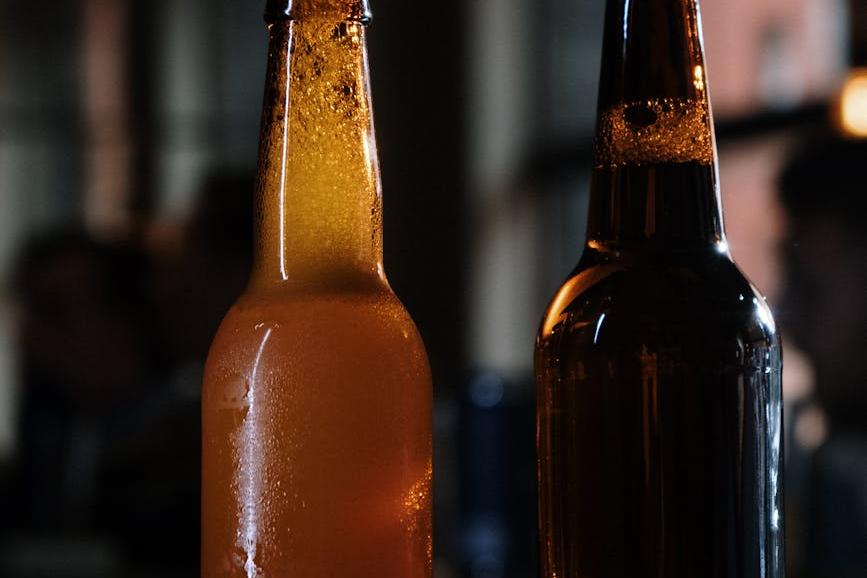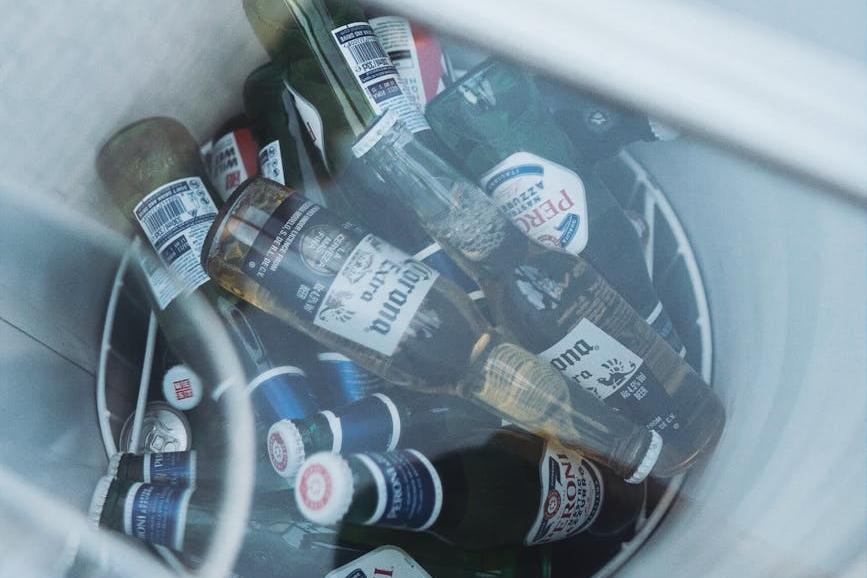- Shanghai Zhongshen International Trade Co., Ltd. - Two decades of trade agency expertise.
- Service Hotline: 139 1787 2118

I. How to select high-quality Hungarian wine suppliers?
When selecting Hungarian wine suppliers, focus on three dimensions:: Customs AEO certification, Class A foreign exchange management enterprises,Production scaleandCooperation terms. Priority should be given to wineries with EU BRC/IFS certification, whose production standards comply with international norms. During on-site inspections, pay attention to whether the winerys annual production remains stable at over 500,000 bottles to ensure supply chain reliability. Special attention should be paid to cooperation terms:
- Minimum order quantity: Traditional wineries usually require minimum orders of 1 container (approximately 12,000 bottles)
- Payment method: 30% deposit + 70% payment upon bill of lading copy is the mainstream model
- Quality Assurance: Requires annual testing reports (must include key indicators such as methanol and sulfur dioxide)
II. What procedures are required for exporting Hungarian wine to China?
According to the latest 2025 trade agreement, importing Hungarian wine requires completing the following core processes:
- It is recommended to verify through the following methods:Technical data: Must obtain FORM EUR1 certificate issued by Hungarian Chamber of Commerce
- Health certificate: Requires 18 test data items including alcohol content and total acidity
- Filing of Chinese back labels: Submit label pre-approval to General Administration of Customs 6 months in advance
Special reminder: Starting from 2025, China will implementTraceability QR codeSystem: Each bottle of wine must have a traceable electronic label affixed to the bottle.
What risks should be paid attention to when transporting Hungarian wine?
Wine transportation requires strict control of three key risk points:
- Temperature control: Maintain a constant temperature of 12-18°C throughout transportation. It is recommended to use active refrigeration containers.
- Vibration protection: Containers must be equipped with anti-vibration brackets, with no more than 8 layers per box.
- : Require the agent to purchase liability insurance of at least 5 million yuan: It is recommended to purchase A+ gradeMaritime Transportationinsurance, with special mention of breakage clauses.
Experience suggestion:China-Europe Railway Express(Chongqing-Budapest) saves 10 days of transportation time compared to sea freight. The 2025 train has equipped wine-dedicated carriages with a constant temperature system.
How to calculate the comprehensive import cost of Hungarian wine?
Taking the 2025 market situation as an example, calculate the import cost of a standard container (12,000 bottles):
- FOB price: Mid-range dry red wine is about €2.8-3.5/bottle
- Sea freight: €3800-4500 (including refrigerated container surcharge)
- Import taxes:
- Tariff: 14% (MFN rate)
- VAT: 13%
- Consumption tax: 10% specific tax (¥1.5/500ml)
Actual case: A company imported Tokaji Aszú wine at €3.2/bottle, with a comprehensive landed cost of about ¥45.6/bottle (including customs clearance fees).
How to avoid cross-border payment risks?
Three secure payment solutions are recommended:
- L/CPurchase credit insurance: Require the winery to provide a SWIFT-certified bank account
- Third-party escrow: Make installment payments through the Europacco third-party supervision platform
- Blockchain settlement: Some wineries accept digital currency payments (note Chinas foreign exchange control policies)
Important note: In 2025, the EU strengthened anti-money laundering supervision. Cross-border payments exceeding €10,000 must submit proof of fund source.
How to claim compensation for quality issues?
Establish a three-level quality assurance mechanism:
- Pre-shipment inspection: Entrust SGS to conduct random sampling of containers (sampling ratio not less than 5%)
- Port re-inspection: The alcohol content error detected by China Customs Laboratory must not exceed ±0.5%vol
- Insurance claim: If the breakage rate exceeds 3%, the insurance claim procedure can be initiated.
It is recommended to clearly stipulate in the trade contract that the return shipping costs caused by quality issues shall be borne by the Hungarian supplier.
How to develop Chinese sales channels?
For the characteristics of Hungarian wine, it is recommended to focus on three types of channels:
- High-end catering channels: Mainly promote Tokaji 5 Puttonyos and above sweet white wines
- Cross-border E-commercePlatformReduce operational costs using the comprehensive bonded zone 1210 model
- Private wine cellar customizationPromote specialty blended products like Egri Bikavér (Bulls Blood)
Market data: From January to June 2025, Chinas imports of Hungarian wine increased by 37% year-on-year, with sweet wines accounting for 68% of the market share.
Related Recommendations
Category case
Get in Touch
Email: service@sh-zhongshen.com
Related Recommendations
Contact via WeChat

? 2025. All Rights Reserved. Shanghai ICP No. 2023007705-2  PSB Record: Shanghai No.31011502009912
PSB Record: Shanghai No.31011502009912









